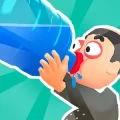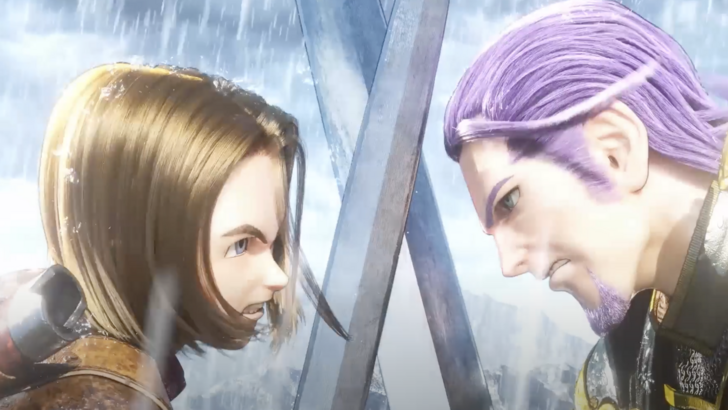[Note: All footage is from a work-in-progress alpha build.]
Having finally seen The Outer Worlds 2 for myself, it's clear that developer Obsidian has prioritized deepening the RPG elements. While the first game offered a more streamlined approach to character progression, the sequel encourages players to embrace diversity and experiment with unconventional playstyles. The Outer Worlds 2 isn't just about complexity for its own sake; it's about fostering creativity, specialization, and embracing the quirky choices players might make.
"We're looking for ways to incentivize the player to experiment with different builds, either traditional or non-traditional," design director Matt Singh shared during a discussion on the revamped RPG mechanics. He emphasized the team's focus on synergies, explaining how player Skills, Traits, and Perks can combine to create unique builds that interact with other game systems. This approach was evident in our exclusive 11 minutes of gameplay footage, which showcased new gunplay, stealth, gadgets, and dialogue. In this IGN First exclusive coverage of The Outer Worlds 2, we delve into the intricacies of these revamped systems and what players can expect.
Rethinking the Skill System ---------------------------"We would often see characters good at everything, which by the end of the game, minimized your personal experience with your character," lead systems designer Kyle Koenig reflected on the first game, explaining the changes for the sequel. Obsidian is moving away from the Skill categories that grouped stats together in the original game, opting instead for individual Skills with more significant differences. "We wanted to focus on making each individual level-up and investment really important. There's less confusion on when to invest in one Skill or another. If you want to specialize in guns and medical devices, you'll know exactly which Skills to prioritize. By separating them, characters can become more specialized," Koenig explained.
Singh added, "There's more than just traditional stealth, combat, or speech-focused builds. There's a lot of blending of concepts, playing with other systems, and incorporating those into a broad, yet unique range of player profiles." He highlighted how certain Skill investments, like Observation, can reveal hidden elements in the environment, such as secret doors or interactive objects that lead to alternative paths.
The Outer Worlds 2 Character Creation - Screenshots
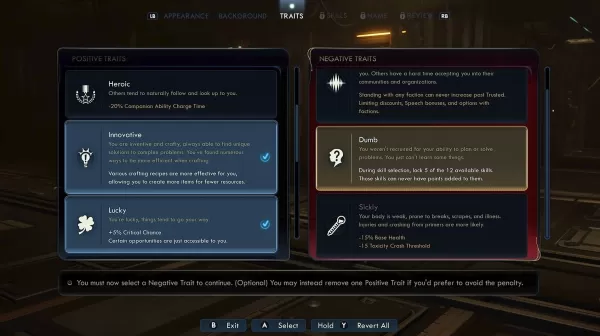
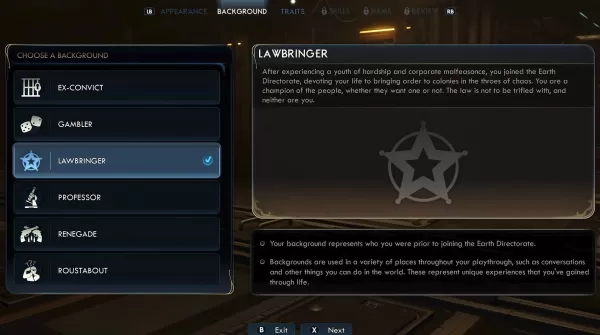 4 Images
4 Images
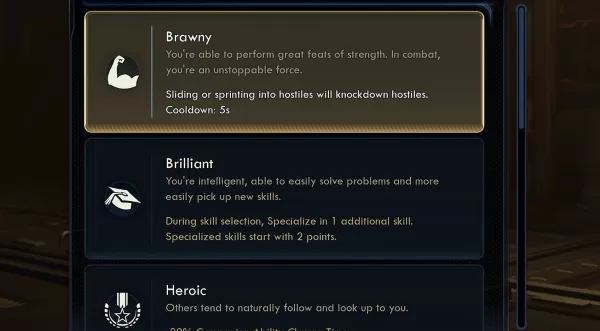 While this approach might seem standard for RPGs, The Outer Worlds was unique in its Skill grouping. The sequel, however, uses the revised Skill system to create greater distinctions and open more possibilities in character builds, particularly in relation to the revamped Perks system.
While this approach might seem standard for RPGs, The Outer Worlds was unique in its Skill grouping. The sequel, however, uses the revised Skill system to create greater distinctions and open more possibilities in character builds, particularly in relation to the revamped Perks system.
The Perks of Getting Experimental
Obsidian is focusing on specificity and offering unique play avenues. "We've significantly increased the number of Perks to over 90, each requiring various Skills to unlock. As you invest in Skills, it changes how you can invest in Perks and leads you down many different paths," Koenig explained. He provided an example with the Run and Gun Perk, ideal for those using shotguns, SMGs, and rifles, allowing firing while sprinting or sliding. Combined with Tactical Time Dilation (TTD), bullet-time action becomes a key part of your gameplay in The Outer Worlds 2. Koenig also teased the Space Ranger Perk, which enhances dialogue interactions and grants damage boosts based on your Speech stat. "We looked at all the different modes of gameplay and actions players can take, and how we can modify them," he stated.
The Outer Worlds 2 encourages players to get creative, become more specialized, and embrace unconventional choices. "We have a lot of Perks that cater to non-traditional playstyles," Singh noted, citing a build for players who kill every NPC, supported by Perks like Psychopath and Serial Killer, which offer bonuses like permanent health boosts. "Especially in an Obsidian game where you can kill anyone, the game will respond and adapt, allowing you to complete it. It's a fun way to play in subsequent playthroughs to see how far you can push it."
For more traditional playstyles, Koenig discussed builds that leverage elemental combat aspects, such as using plasma to burn enemies while healing, shock damage to control automechs and paralyze foes, or corrosive damage to strip armor and maximize critical hits.
Singh highlighted other experimental avenues, such as opting into detrimental effects that enhance other character aspects. He mentioned mechanics that reward players for taking damage, asking, "How do I construct a build where I'm incentivized to take damage to do other things effectively? I really like those creative builds that convert something negative into a positive aspect of your build." This design philosophy, present in the original, is now a driving force in The Outer Worlds 2, particularly with Traits and Flaws.The Positive and Negative Traits
"One of the things in The Outer Worlds that was inspired by Fallout was the ability to have negative attributes that were detrimental but provided extra points to spend elsewhere," Koenig mentioned. The original game's Flaws system allowed players to take permanent effects based on in-game behavior in exchange for an extra Perk point. In The Outer Worlds 2, this concept is expanding significantly.
The system of Positive Traits and Negative Traits is central to this give-and-take dynamic, where choosing a negative trait allows you to select an additional positive one. For example, you can choose Brilliant for extra Skill points during character creation, or Brawny to knock targets down by sprinting into them. To gain more positives, you might select a negative trait like Dumb, which locks you out of investing in five Skills, or Sickly, which permanently lowers your base health and tolerance for toxicity. These are just a few of the options available in the early stages.
The Outer Worlds 2 Gameplay - Screenshots
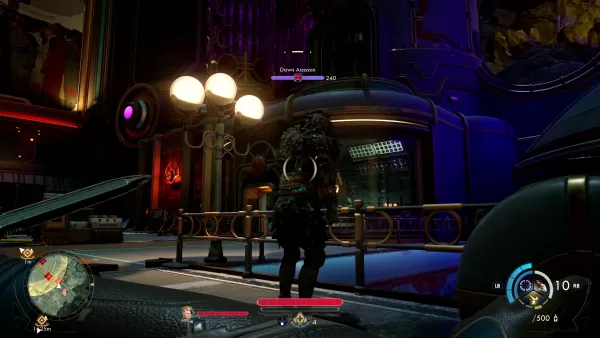
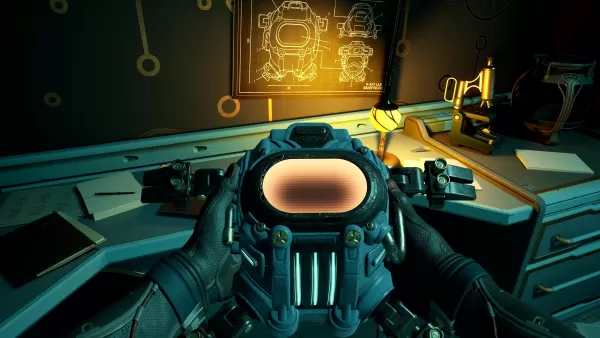 25 Images
25 Images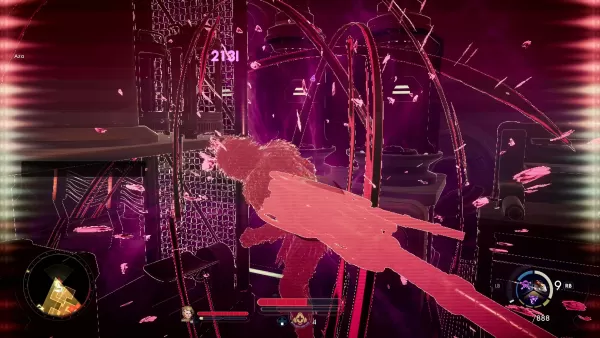
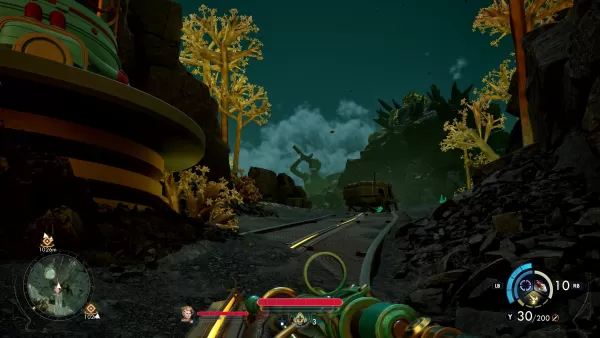
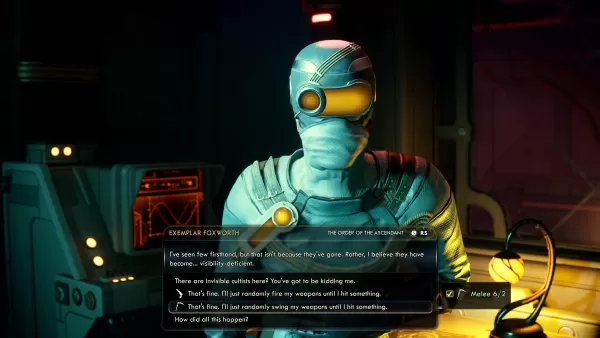
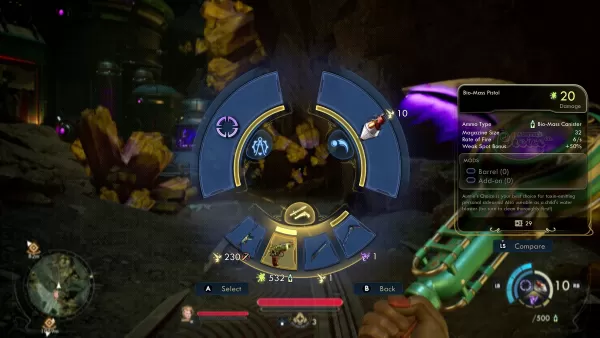 While I will explore the revamped Flaws in more detail in another article, it's clear that The Outer Worlds 2 is getting more creative with both goofy and clever implementations. In the original game, I often declined Flaws as the extra Perk points weren't worth the compromise. In the sequel, the game monitors your behavior and habits, but Flaws now come with specific conditions that are both positive and negative, adding another layer to the Traits system. These Flaws appear unexpectedly based on your playstyle, and while you must opt into them, they become a permanent part of your character.
While I will explore the revamped Flaws in more detail in another article, it's clear that The Outer Worlds 2 is getting more creative with both goofy and clever implementations. In the original game, I often declined Flaws as the extra Perk points weren't worth the compromise. In the sequel, the game monitors your behavior and habits, but Flaws now come with specific conditions that are both positive and negative, adding another layer to the Traits system. These Flaws appear unexpectedly based on your playstyle, and while you must opt into them, they become a permanent part of your character.
Guiding Players and Ditching Respec
With many more elements in The Outer Worlds 2, Obsidian focused on making these aspects clear and digestible through in-game explanations and UI elements. "Right from the start, during character creation, we wanted to highlight the differences and impacts of these Skills," Koenig said. This clarity is not just in the help text but also in short videos within the menus that demonstrate gameplay impacts. A standout feature is the ability to mark Perks as favorites before unlocking them, aiding in planning and organizing your progression path or build. The requirements are shown upfront, and icons in the menu signify a Perk's general playstyle and the Skill it applies to.
"We're looking for ways to incentivize the player to experiment with different builds, either traditional or non-traditional,"Obsidian wants players to carefully consider their choices, especially since there is no respec option after the introductory sequence. Once you've invested in a Skill, Perk, or Trait, your character must live with that choice throughout your playthrough. Koenig emphasized, "By removing respec, we really incentivize it to be your experience. It is a part of your experience that no one else had, and I think that's really special about RPGs and something that respec tends to lessen."
Singh concluded, "Philosophy-wise, we really feel all of your choices should matter. They should be meaningful changes to your gameplay experience. This is just one of those ways where we're asking you to make a choice, stick to it, and see how that plays out in interesting and fun ways."
 Home
Home  Navigation
Navigation






 Latest Articles
Latest Articles
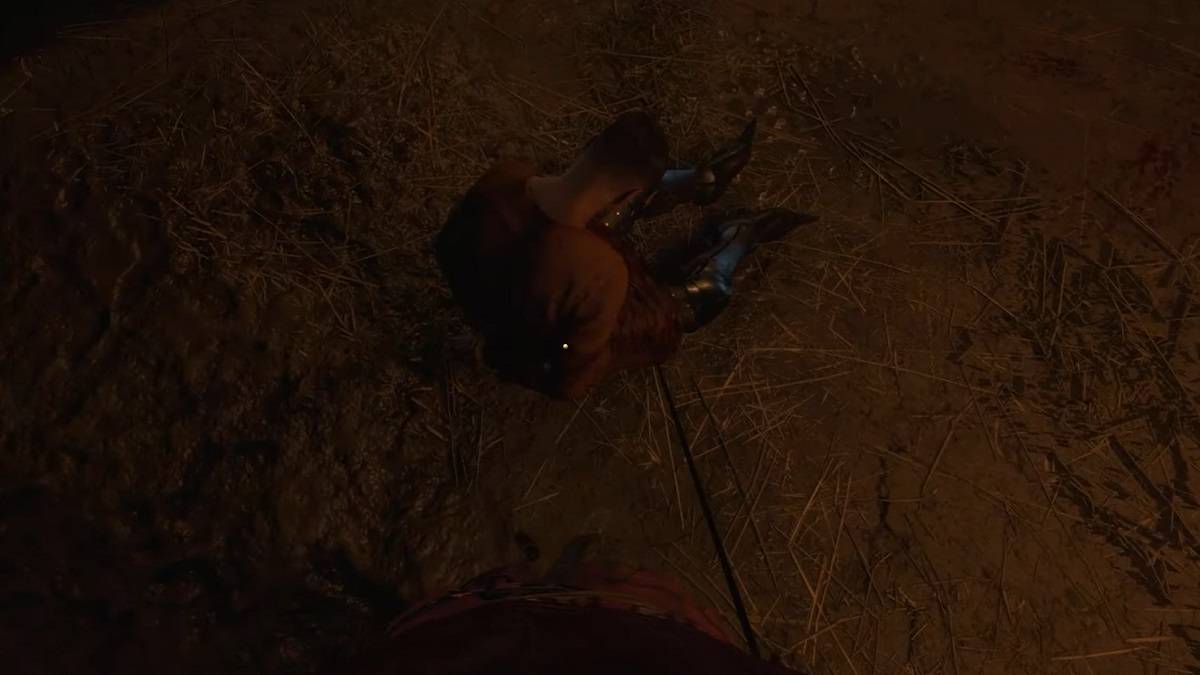
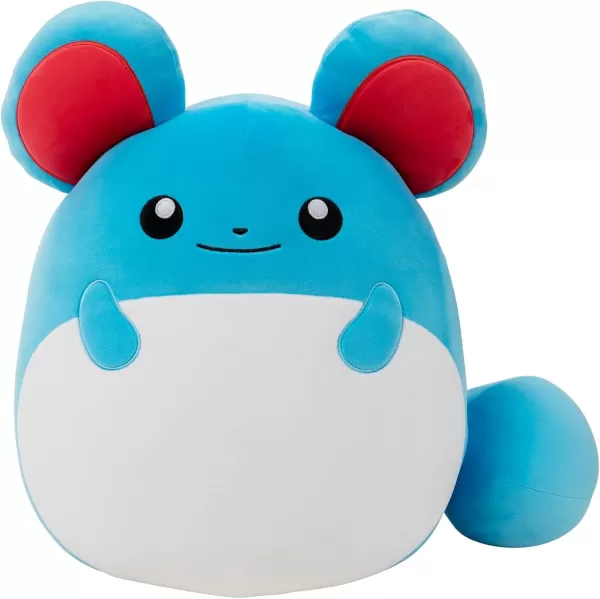
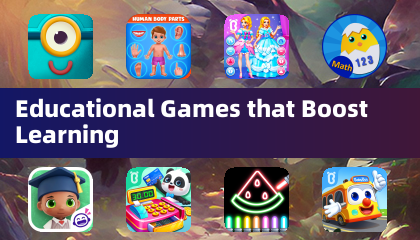
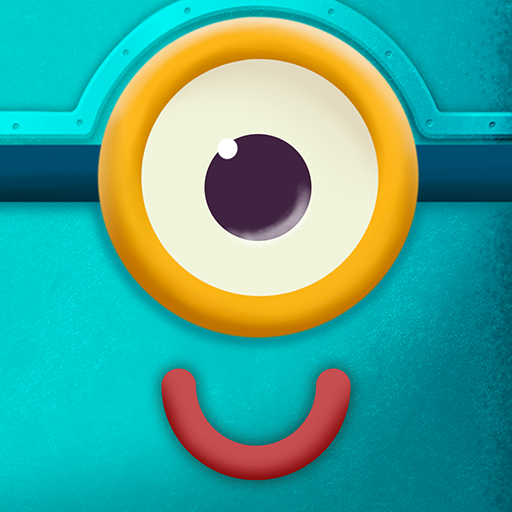
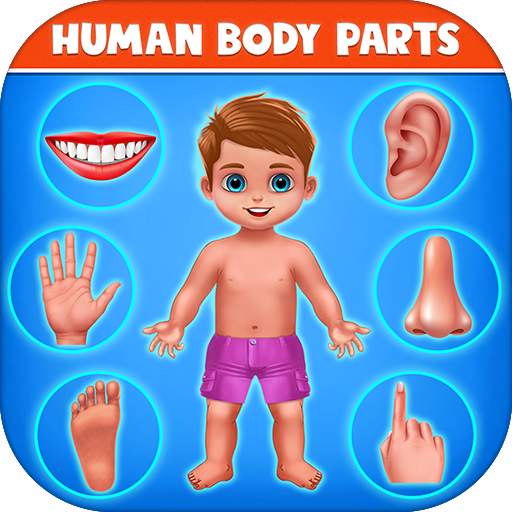





 Latest Games
Latest Games






